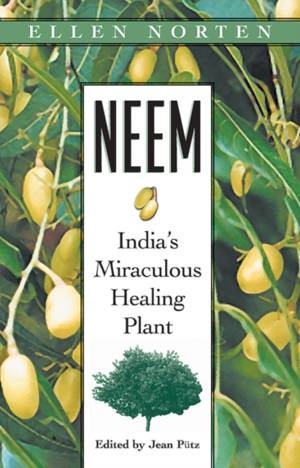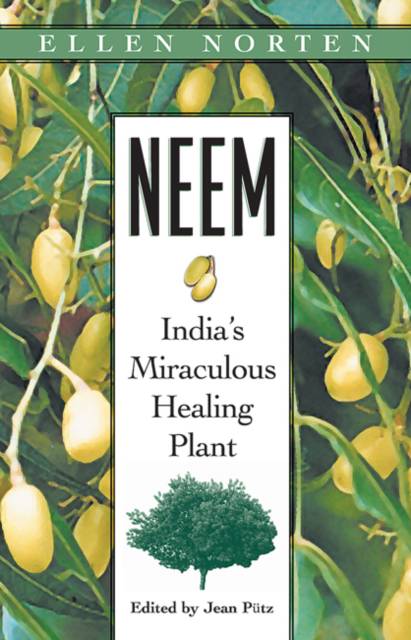
- Afhalen na 1 uur in een winkel met voorraad
- Gratis thuislevering in België vanaf € 30
- Ruim aanbod met 7 miljoen producten
- Afhalen na 1 uur in een winkel met voorraad
- Gratis thuislevering in België vanaf € 30
- Ruim aanbod met 7 miljoen producten
Zoeken
Omschrijving
- A comprehensive look at the many therapeutic and ecological uses of neem. - Used in India for over 4,000 years, neem is one of the most popular therapeutic plants in the Indian pharmacopoeia. - Effective in the treatment of fever, malaria, skin diseases, dental problems, diabetes, arthritis, and jaundice. - A natural pesticide hailed by many for its diverse ecological benefits. In India--where it has been used for more than 4,000 years--the neem tree has such a variety of medical applications that it is sometimes referred to as the village pharmacy. Now modern research is proving what has been long known by Ayurvedic medicine practitioners: neem is one of the most effective plant medicines in the world. An extremely powerful blood purifying agent and detoxicant, neem is also effective in the treatment of fever, malaria, skin diseases, dental problems, diabetes, tumors, arthritis, and jaundice. It has gained particular attention from scientists seeking a cure for AIDS, not only for its antiviral properties, but also because it boosts the immune system on all levels without destroying beneficial bacteria, unlike synthetic antibiotics. In addition to its numerous uses as a healing agent, neem has been receiving much attention for the ecological benefits it provides. For centuries Indians have been mixing neem leaves with stored grains to prevent insect infestation. But neem is not simply a natural alternative to pesticides; increasingly it is being used to reverse desertification and to reduce erosion and deforestation, making it an important weapon in the fight against global warming. Neem's many practical applications make it of enormous interest to anyone concerned about health and ecology. Included are recipes and practical tips that let you enjoy the many benefits of this miraculous plant.
Specificaties
Betrokkenen
- Auteur(s):
- Uitgeverij:
Inhoud
- Aantal bladzijden:
- 96
- Taal:
- Engels
Eigenschappen
- Productcode (EAN):
- 9780892818372
- Verschijningsdatum:
- 1/12/1999
- Uitvoering:
- Paperback
- Formaat:
- Trade paperback (VS)
- Afmetingen:
- 128 mm x 197 mm
- Gewicht:
- 117 g

Alleen bij Standaard Boekhandel
+ 28 punten op je klantenkaart van Standaard Boekhandel
Beoordelingen
We publiceren alleen reviews die voldoen aan de voorwaarden voor reviews. Bekijk onze voorwaarden voor reviews.











